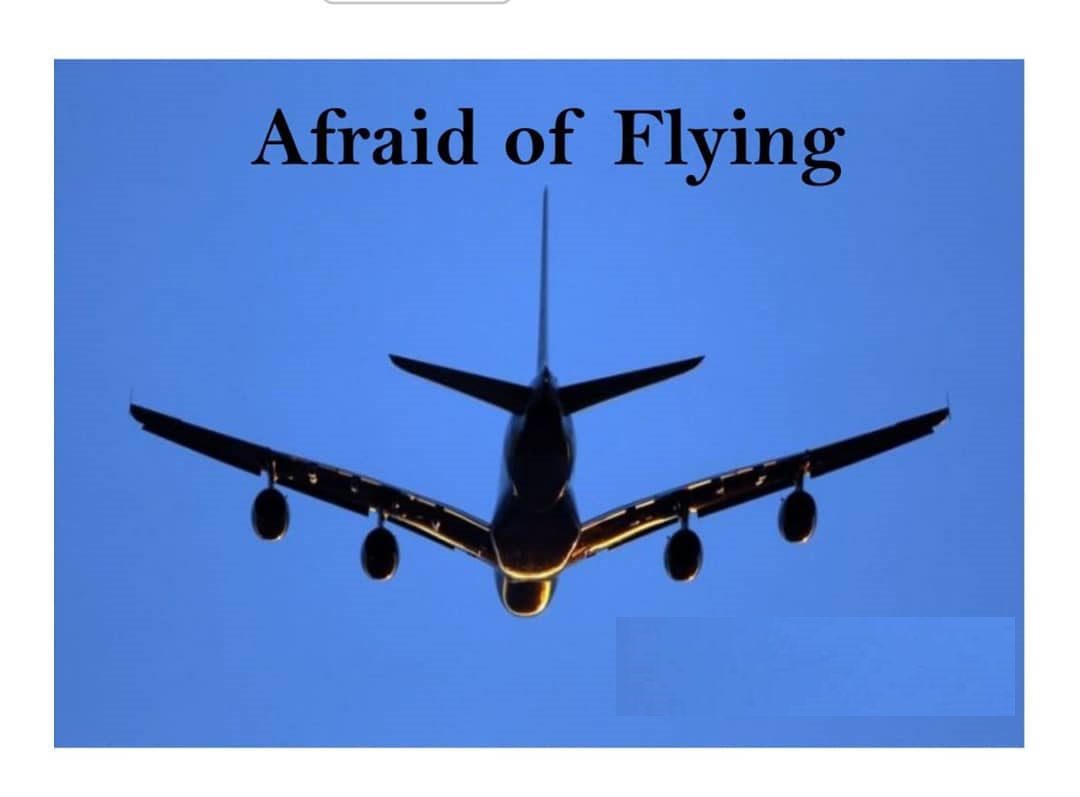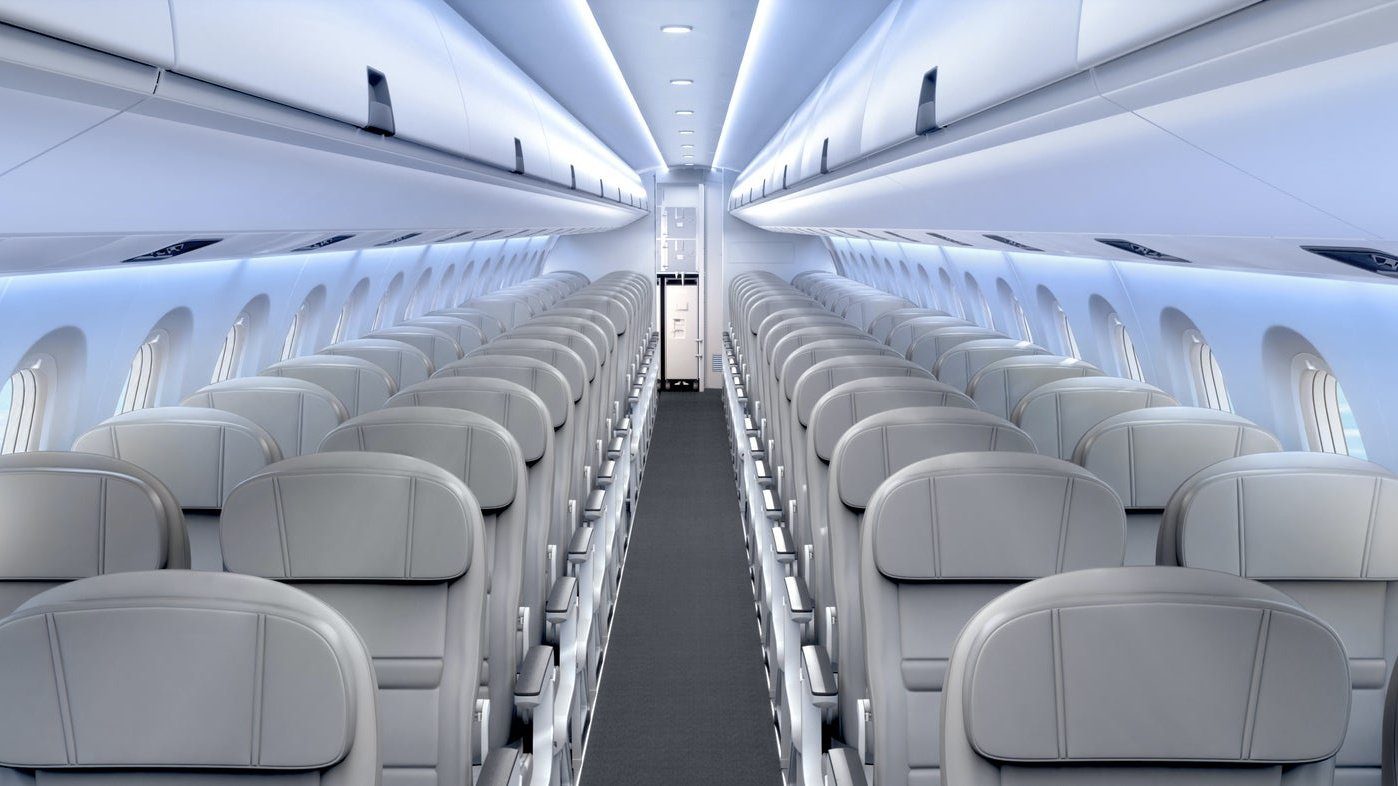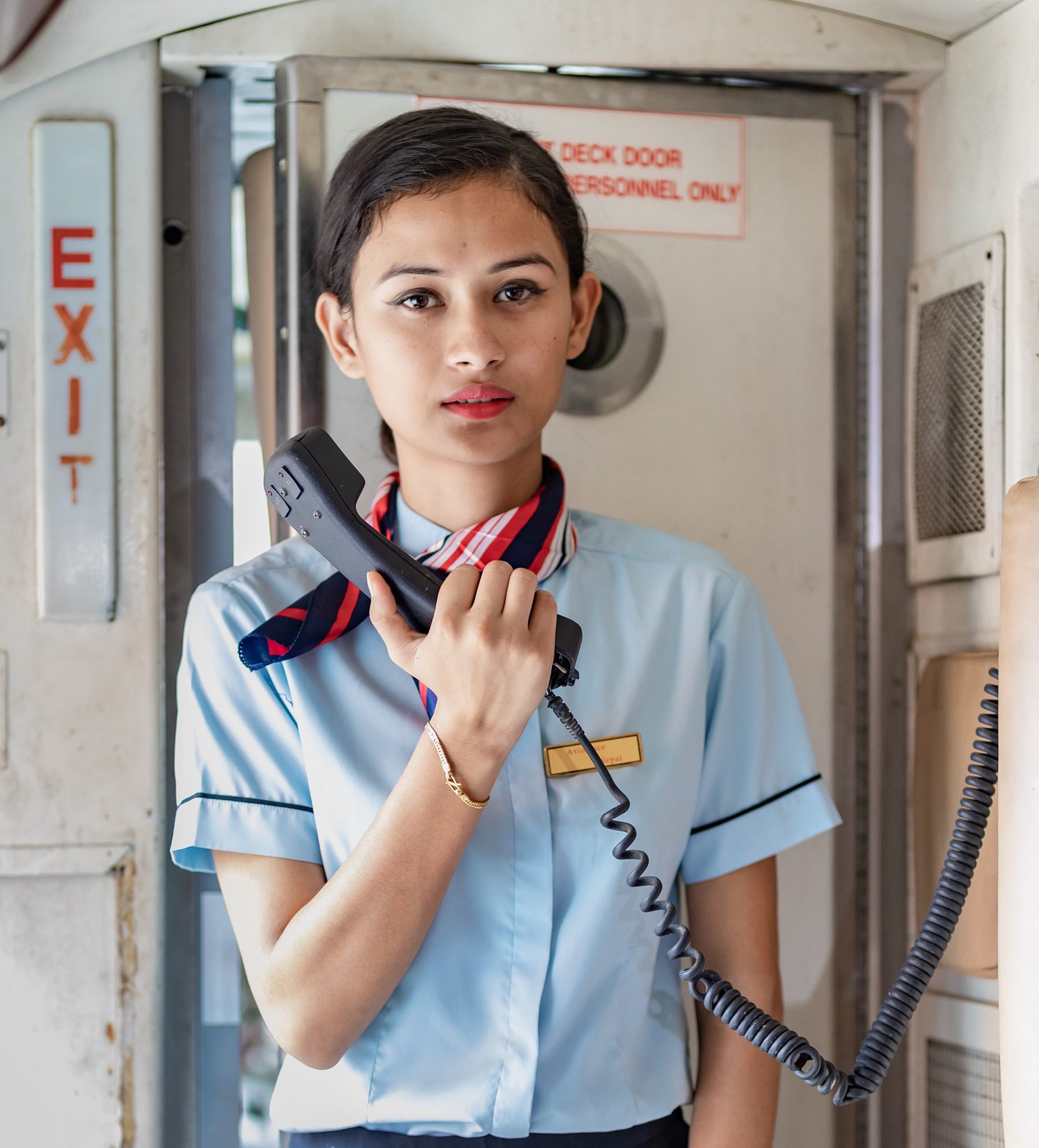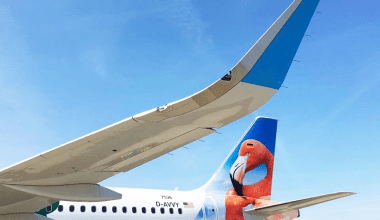The fear of flight has been a well-existing phenomenon that many fliers suffer from, especially the first-timers. The comfortable ride through the clouds can be a memorable journey for many, but few are in a hurry to make a landing and feel the solid surface and the fresh air.
Globally, there are more than 80% of the population is afraid of flying; the level of fear can be general from the anxieties about the course of the journey to the level where passengers feel like they are trapped in a moving vehicle without no exit. But it is quite normal to feel these fears, and the aviation sector hasn’t advanced to the level to completely nullify the casualties rates in case of incidents. According to the National Institute of Mental Health, more than 25% of Americans alone suffer from the fear and nervousness of flights. Many of the passengers are afraid of flying. However, it does not reach the phobia level, and aviophobia may be general in the aviation industry. Still, more and more people are increasingly using the flying mode of travel as a reliable and efficient method.

So why are people afraid of flying?
Despite being one of the most reliable modes of transportation, people tend to get afraid of something that poses little or no threat at all. According to the Director of Boston University’s Intensive Treatment Program for Panic Disorder and Specific Phobias, Todd Farchione, when the doors of the aircraft are shut, many of the travelers experience the feeling of getting trapped, like they can’t get out of the situation and this has been often the case of fear that clients carry especially the first-time fliers.
Also Read: Reasons why some airplanes don’t have row 13
Other reasons like fear of crashes, not understanding how flights work knowing how flights and rumors about the incidents add the fear when the passengers get completely sealed inside an aircraft. The uniquely terrifying experience for most passengers gets them anxious about how little they can do during the travel as fear crashes and other factors strike the passengers. Generally, the passengers who fear flying have an image of getting stuck in a flying vessel in the middle of the air where they have less control over their course and as they are at the mercy of pilots. But, it’s more like the fear of the unknown; as the passengers get used to flying, the fear of flying gradually starts to level down, the frequent fliers appear to be relaxed and less anxious than the flyers who hopped in the steel bird for the first time in their life.

How to overcome the fear of flights?
It’s quite normal to be afraid of flying, as most people who don’t have much flying experience feel a little uneasy when leaving the surface of the adventure through the sky. Humans are born to grow on land and don’t have any features close to the aerial class creatures, so naturally, when leaving our threshold, the fear of flights peaks a little high due to the uncertainties. However, you should know that the probability of people getting killed in a car accident is significantly greater than the probability of people getting into an airplane incident. Not trying to add fear with the death rate stats, but you get the gist; the air vessel you are in is far safer than the cars you use in your day-to-day life.
Here are a few tips that can ease the fear you are having while you are flying.
1. Change your response and perspectives
Many of the passengers see flying as a dangerous mode of transportation that is headed to certain doom. When you get in the aircraft with that kind of attitude, it definitely helps the fearing cause. Many of the anxious flyers tend to grip their seat really hard, study the flight attendants or analyze every turbulence felt by the aircraft. The action movies with the airplane scene help the imagination of the passengers. The first thing you need to know is the turbulence felt on-air is quite normal; the atmospheric level is not leveled and constant throughout the course, so depending on the level of disbalance, the turbulences can be felt. It can be taken as the bump felt on the road while driving your car as the roads are not completely leveled.
Instead of watching the clock for on-air-time or counting the turbulences and remembering the fictional crash scenes, try to distract yourself with whatever works read a magazine, watch your favorite series or movies, listen to music, or talk to a travel companion to ease the anxious feeling. You can also practice the deep breathing techniques to consciously release the muscle tension; even just putting a smile on your face can change the emotional reaction to the situation.
2. Learn more about the in-built safety system
Airplanes are efficient transport machines but are complex that make strange noises and provide a unique sensation. These air vessels operate with few parallels to what people know and understand, so learning about the structure of aircraft, how they operate, and preparedness for any kind of emergencies will help you ease any kind of worries. Instead of running wild thoughts on the stories you have heard or all the incidents you have read about, knowing well about the norms, operations, and how the aircraft operates will help you relax than put you on edge every time you go through a turbulence bump.

Also, for the current pandemic situation, safe traveling has become an essential component of the journey; learning about health protocol, safety measures, air circulation, and other amenities will put your mind at ease throughout the journey.
3. Communicate with flight attendants
The flight attendants are well-trained professionals who are always there for the passengers. Flight attendants. They are trained to handle fainting, hyperventilation, and other health incidents that might occur on the flight. Not only that, the flight attendants are safety experts who are required to take in-person training once a year. They are also regular with online training to ensure that they are up-to-date with emergency procedures; the flight attendant’s number one priority is your safety, so rest assured that you are in good hands and try to relax even if it’s your first time flying.

4. Pick the right seat to overcome the afraid of flying
Often there are situations with seating that triggers the fear of the passengers. Although you might not be in total control of your on-air adventure, passengers do have the option to choose the ideal seat by paying extra. The right choice of seat may differ depending on what you are comfortable with; if you fear heights, it will be best not to sit on the windows seat from where you will be able to see how high you are flying. Or, if you have to see what’s going on all the time, you can pick the windows seat by paying a little extra and explore the world from the air relaxing your nerves. You also have the option to upgrade to business class, where there are more comforting and relaxing options.

5. Take a flying lesson
To overcome the fear of the unknown, taking a flying lesson is definitely the best option to get over the fear of flying. Many studies have shown that people aren’t actually fearful of flying where they are afraid of what they do not know or fear of being out of control when cooped inside the metal craft. To eliminate the mystery of flying and its fear, you take flying lessons that brief everything about the flying experience, including the safety measures.

Or, at least the simulator option, which will be thorough so when you travel as a passenger next time, you will have much more understanding of how the plane works, eliminating your fears of flying.








